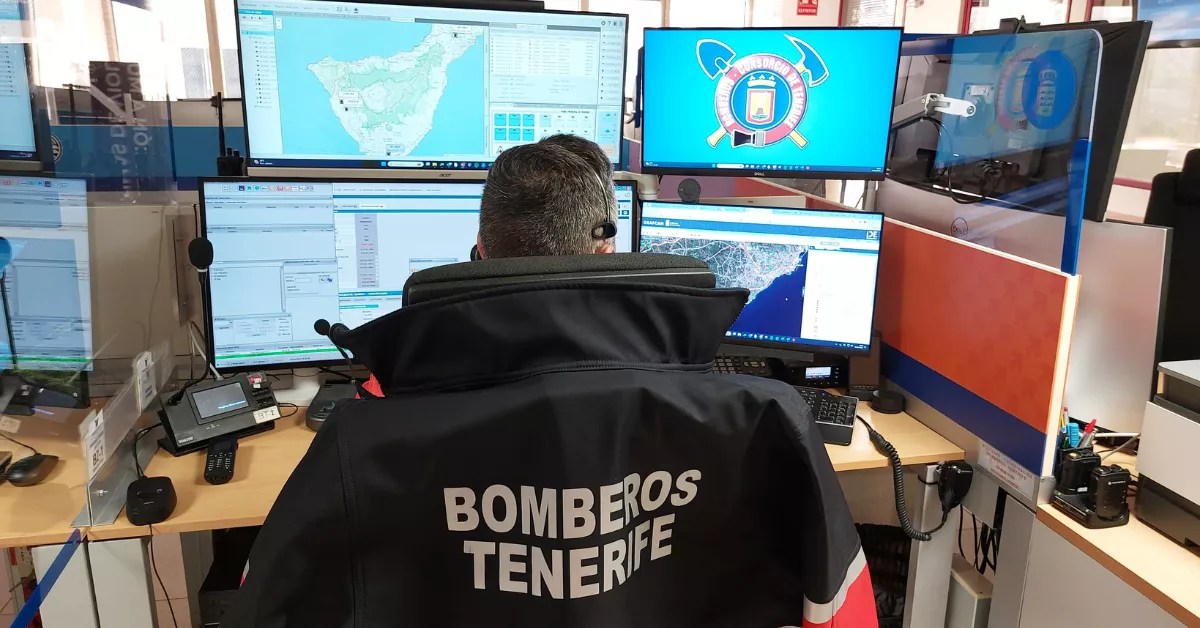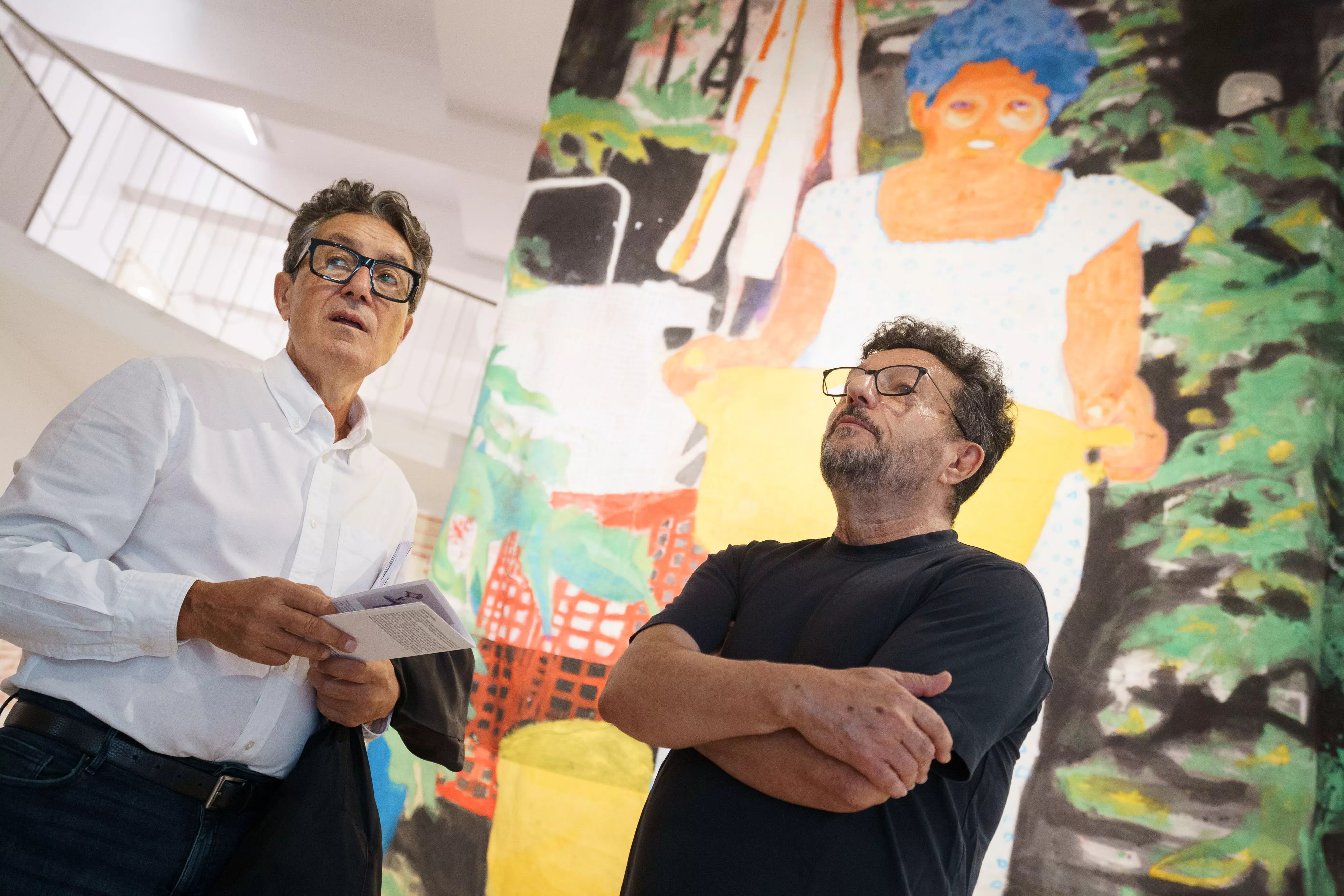The president of the Cabildo de Tenerife, Rosa Dávila, emphasised on Wednesday that there is no scientific evidence suggesting an imminent eruption on the island. She announced that in September, a simulation responding to volcanic emergencies will take place in Garachico, in partnership with the Civil Protection Mechanism of the European Union.
During a press conference following the Insular Government Council meeting, Rosa Dávila addressed the extraordinary session of the Volcanic Surveillance Committee, conveying “a message of calm and confidence to the entire population.” She assured that there will be increased monitoring of activity around Teide.
“Currently, no scientific evidence indicates an imminent eruption, either in the short or medium term,” as the activity observed aligns with normal phenomena in an active volcanic region. Dávila continued to specify that science is “our primary ally” in Tenerife.
Regarding the volcanic emergency response exercise taking place in Garachico, the council president stated that it is part of the Eu-Modex international project, aiming to evaluate and enhance Tenerife’s capacity to respond to potential volcanic crises.
Garachico was chosen for the drill due to its historical significance related to the island’s volcanic activity, particularly the eruption of 1706, which altered the geography and economy of the municipality.
The exercise will include participation from scientific and emergency organisations, such as Involcan, the National Geographic Institute (IGN), the CSIC, the University of La Laguna, the Military Emergency Unit (UME), the Army of Earth, and the Firefighters Consortium of Tenerife.
Moreover, international delegations from countries such as Romania, Italy, Sweden, Austria, and Ireland will collaborate, with their representatives playing a crucial role in the coordination and assessment of the exercise.
This multinational initiative will facilitate knowledge sharing and allow for the adjustment of European protocols to suit the local realities of Tenerife, thereby enhancing the effectiveness of emergency plans.
A key feature of the drill will be the execution of a preventive evacuation in a neighbourhood in Garachico, aiming to evaluate the responsiveness of emergency services and community members.
Throughout the week, informational activities will be conducted to educate citizens on the importance of prevention and preparedness.
The active participation of residents is essential for simulating realistic scenarios and improving communication and organisational strategies in crisis situations. Rosa Dávila stated that this project presents a unique opportunity to integrate European standards into volcanic emergency management on the island.
The Civil Protection mechanism of the European Union, which has taken action in various global emergencies such as earthquakes, wildfires, and floods, backs this initiative. According to the island authority, the accumulated expertise gained from these interventions will enable Tenerife to protect its inhabitants while continuously enhancing its knowledge in managing natural crises.
Monitoring Activities
The island boasts a robust scientific monitoring network that operates consistently to ensure safety. Thanks to the efforts of specialists and state-of-the-art technology, “we can assure that any significant changes will be detected well in advance, allowing for appropriate measures to be taken.”
In this context, it has been noted how the Volcanological Institute of the Canary Islands (Involcan), the National Geographic Institute, and the IGME monitor seismic, volcanic, and geothermal activities in real-time at Teide and across the archipelago.
These organisations utilise cutting-edge detection systems that enable the precise analysis of any alterations in the subsoil, allowing for swift responses to any incidents, Dávila added.
Furthermore, the Cabildo de Tenerife works alongside scientific teams and emergency services, such as the General Directorate of Security and Emergencies of the Canary Islands Government, in a collaborative effort that guarantees “we are ready for any scenario, with clear and effective protocols.”
Consequently, he emphasised that surveillance agencies, in conjunction with the Special Civil Protection Plan and Emergency Care for Volcanic Risk of the Canary Islands (Pevolca), are fully operational and dedicated to the safety of the population.
Additionally, regarding the location of the National Volcanology Centre, Rosa Dávila highlighted that there is consensus with the Palma Cabildo, where the headquarters are shared between that island and Tenerife, regardless of the administrative location.
On this matter, they have “united their efforts” to prevent any disputes from relocating the centre outside the Canary Islands, Dávila stated.
















